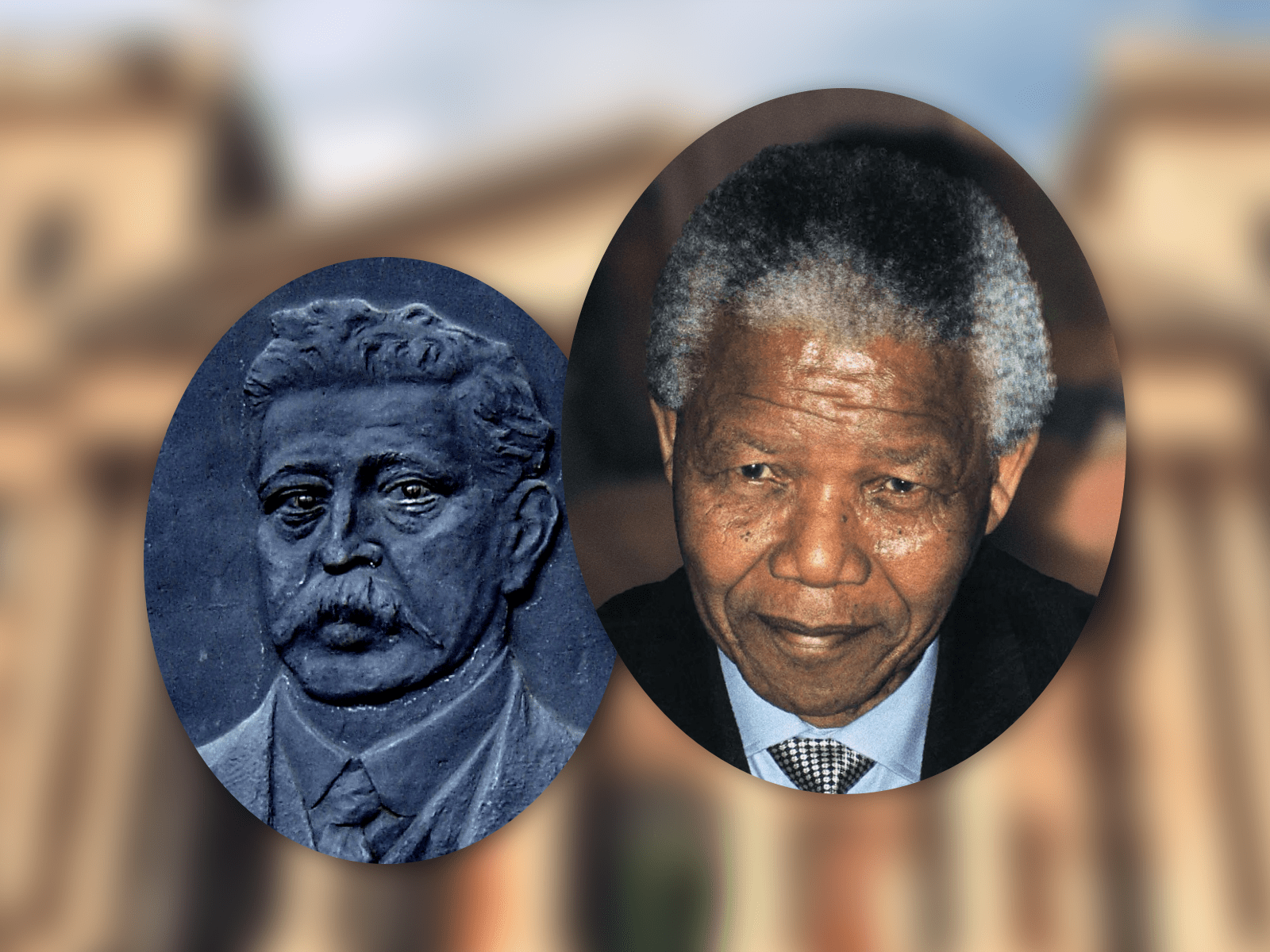The safe was empty.
To this day, no one knows what happened to the money that had been raised for John Dias’ memorial statue. It was surely stolen, and the momentum that might have led to a grand memorial alongside the 888 Monument would never reach the urgency it once had.
The final blow came when it became painfully clear that the only photo of the former President and Secretary of the Amalgamated Society of Carpenters and Joiners was a blurry group photo that simply would not yield an accurate likeness. In the end, a plaque was cast in bronze using a creative reconstruction of Dias’ sister, with moustache added to clearly identify the face as John.
The plaque hung on the right side of the doors to Trades Hall, as it does still today, and looked on in 1960 as members of the Council arrived for a meeting with fire in their eyes and their brothers and sisters living under apartheid in their hearts.

Wharfies had already placed an embargo on South African ships, clashing with the police after Menzies had made such action illegal. Metalworkers were running education sessions for fellow workers on sites about the horrors of segregation. Tailoresses had, as early as 1952, been bashing on doors and calling for international solidarity. When South African union activist Elizabeth Mafekeng was banished to inhospitable desert without charge, trial, judgement or right of appeal in 1959, the members of the Food Preservers’ Union and the Union of Australian Women were her staunchest supporters possibly anywhere in the world.
John Dias’ (sister’s) bronze forehead began to sweat. In the 1890’s he’d been a part of New Australia: a colony in Paraguay devoted to fostering a brotherhood of English-speaking Whites. Teetotalism, communism and “preservation of the Colour-Line.”
The meeting unanimously condemned the South African Government’s “brutal attitude of mind and bestial behaviour” in its apartheid policies. “It is about time that something happened to take from beasts the right to maim and destroy their fellow men,” THC Secretary J.V. Stout proclaimed. But even he hadn’t been the one to lead the way. It was the union men and women who had been taking action in their own workplaces who forced change because it was the right thing to do.
The something that happened started as a nation-wide, union-led boycott of all South African products beginning on May 1st of that year. Over time it became a decades-long struggle to limit the economic and cultural participation of the apartheid regime in the Australian and global community. Touring sports teams were effectively banned, support funds were set up, protests were organised. Change comes slowly, but union members were unwavering.
When Nelson Mandela was released from prison, the first place he went outside of his homeland was Victoria. He stood on the steps of the Melbourne Town Hall and thanked Australian unions for being one of the first groups to provide support and solidarity in overcoming apartheid.
A photo of Mr. Mandela hangs now in the Executive Room of the Hall, watching over today’s workers as they come together to fight for fairness for all.
Dias sits outside.
